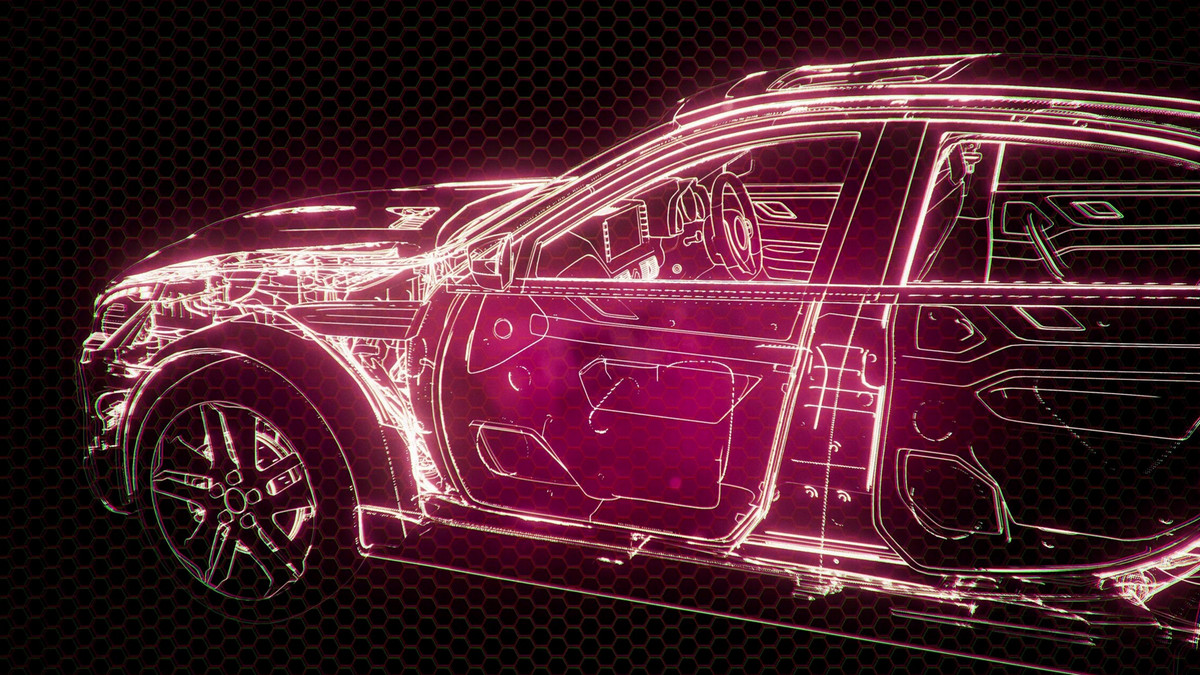As the smart automotive industry embraces the shift toward sustainability, innovation, and connectivity, the manufacturing of Electric Automobiles (EVs) and New Energy Vehicles (NEVs) is shaping the future of transportation. Let’s explore some of the dynamic technology and key factors driving their evolution.
Emerging Technologies Shaping Smart Vehicles
The evolution of smart vehicles is propelled by emerging technologies that push the boundaries of innovation. Some of these include:
Augmented Reality (AR)-based Navigation: AR can overlay real-time navigation information onto the driver's view, making it easier to follow directions without constantly looking at a separate screen. For example, arrows and directions can be projected onto the windshield, guiding the driver without obstructing their view of the road.
AR Maintenance and Repair Assistance can provide real-time assistance to technicians during maintenance and repair tasks. By wearing AR glasses or using AR apps, technicians can access manuals, schematics, and step-by-step guides overlaid onto the actual vehicle, improving accuracy and efficiency.
AR-enhanced infotainment systems can overlay contextual information onto the display, offering immersive interfaces for, entertainment, identifying points of interest, displaying nearby restaurants or gas stations, and providing real-time information about traffic, weather, and road conditions.
Blockchain technology enables secure and transparent ownership transactions, vehicle history tracking, and decentralized data services.
Role of Connectivity in Smart Automobiles
Vehicle-to-Everything (V2X) communication enables vehicles to communicate with other vehicles (V2V), infrastructure (V2I), pedestrians (V2P), and the cloud (V2C). This real-time exchange of data facilitates enhanced safety features, optimized traffic management, and improved energy efficiency.
Telematics provide valuable insights into vehicle fleet management, usage-based insurance, remote diagnostics of vehicle systems and components' performance and maintenance needs, stolen vehicle recovery, and driver behavior monitoring.
Sustainable and Eco-Friendly Initiatives
Automakers are increasingly focusing on electric propulsion, hydrogen fuel cells, and renewable energy sources to reduce carbon emissions and mitigate environmental impact. Initiatives such as battery recycling, energy-efficient manufacturing processes, and eco-friendly materials are driving the shift towards greener mobility solutions.
Smart Cities and Urban Integration
The integration of smart vehicles into urban infrastructure is reshaping the concept of mobility in smart cities. Connected vehicles communicate with smart traffic signals, parking systems, and public transportation networks, optimizing traffic flow, reducing congestion, and enhancing safety. Automotive manufacturers, city planners, and technology providers are collaborating to develop intelligent transportation systems that prioritize efficiency, sustainability, and seamless urban mobility.
Ethical Considerations in AI-Driven Autonomous Vehicles
The rise of AI-driven autonomous vehicles raises important ethical considerations regarding safety, decision-making algorithms, and liability. Ensuring the ethical deployment of autonomous technology requires transparency, accountability, and rigorous testing protocols. Ethical frameworks, regulatory standards, and public engagement are essential components in addressing ethical challenges and building trust in autonomous vehicle systems.
Predictions and Forecasts for the Next Generation
Innovations in artificial intelligence, predictive analytics, and sensor technologies will enable autonomous vehicles to enhance connectivity with IoT devices, create immersive in-car experiences powered by AR/VR, and advance AI-driven autonomous driving. Emerging technologies, sustainable initiatives, and smart city integrations are set to redefine the way we move, interact, and experience mobility beyond driving.





.jpg)








